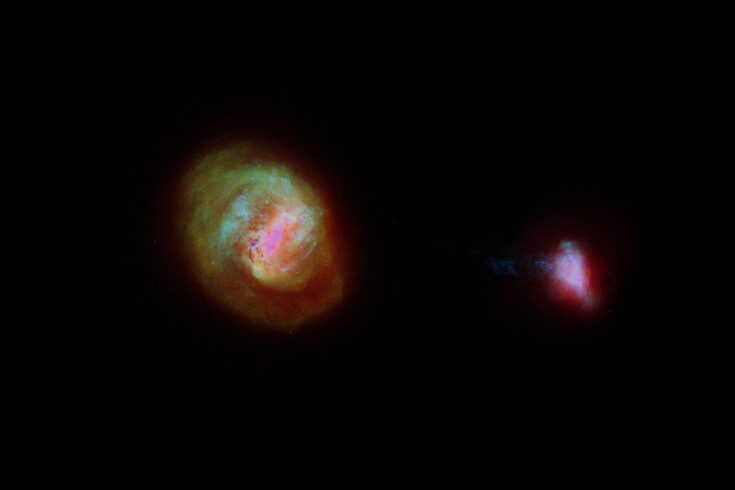The third data release from the Gaia space observatory has revealed new details on nearly two billion stars in our galaxy.
Gaia is an international mission led by the European Space Agency (ESA) to create a 3D map of the Milky Way. Its new findings offer the largest-ever catalogue of data for objects in and beyond our galaxy.
The data provides a multidimensional map of stars, moons, asteroids, quasars and galaxies, and UK-built technologies such components of its 1-billion-pixel camera are crucial to Gaia instruments.
A major milestone
Science Minister George Freeman said:
This breakthrough by the Gaia observatory in our understanding of the galaxy we live in, the evolution of stars, asteroids and rarely seen starquakes is a major milestone for the space and astronomy community worldwide.
The central role of UK astronomers, instrument engineers and data scientists is a sign of our global leadership in space science and technology, at the heart of our commercial £16.5 billion space tech sector.
The ambitious mission
The Gaia observatory has revealed new data from its mission in space, including:
- evidence of something known as ‘starquakes’
- the largest catalogue yet of binary stars
- thousands of solar system objects such as asteroids and moons of planets
- millions of galaxies and quasars outside the Milky Way.
Gaia was developed by a consortium of 20 countries, including the UK through the ESA, and launched in 2013.
Its mission is to piece together the largest and most accurate multidimensional map of our home galaxy, the Milky Way.
This will allow astronomers to reconstruct the Milky Way’s structure and evolution over billions of years to better understand the lifecycle of stars and our place in the Universe.
Gaia in the UK
Crucial to Gaia’s success are its scientific instruments developed by experts across the UK, supported by investment from the Science and Technology Facilities Council (STFC) and UK Space Agency.
These include:
- Chelmsford-based Teledyne e2v, that provided the highly sensitive photon detectors for Gaia’s 1-billion-pixel pixel camera, the largest focal plane ever flown in space
- Airbus in Stevenage, that designed and built Gaia’s electrical service module.
The team of scientists and engineers working on Gaia from the UK is led by University of Cambridge and includes:
- Mullard Space Science Laboratory, UCL
- The University of Edinburgh
- STFC’s RAL Space
- University of Leicester
- The Open University.
Better understanding our galaxy
Dr Colin Vincent, STFC Associate Director Astronomy, said:
The UK Space Agency and STFC have jointly supported data centres in the UK, that are essential to the exciting science from this unique mission.
By developing and applying advanced data extraction and processing techniques, our UK experts are able to turn raw data into science to make new discoveries.
As part of a strong international collaboration, the UK continues play a key part of this scientific endeavour to better understand our galaxy.
Learning more about stars
Gaia’s data release three contains improved details for almost two billion stars in our galaxy.
It has recorded details including:
- chemical compositions
- stellar temperatures
- colours
- masses
- ages
- the speed at which stars move towards or away from us (radial velocity).
The new data release also includes Gaia’s first major release of spectroscopy data, that measures the absorption and splitting of starlight.
Building a comprehensive picture of the Milky Way
Dr Nicholas Walton, Institute of Astronomy at University of Cambridge and member of the ESA Gaia Science Team, said:
This major data release from Gaia allows astronomers to map the distances and motions of some two billion stars in our galaxy.
It also gives detailed measures of the physical and chemical makeup of a large number of those objects for the first time.
With this incredible database we can build a comprehensive picture of the Milky Way and delve into its incredible history of formation.
We can also see direct evidence of both violent past interactions with other galaxies, and internal bouts of intense star formation along its spiral arms.
This new data release creates a detailed bank of information, essentially working as a DNA map that allows us to understand the stellar population of our Galaxy, and track its past, present and future.
See more of the latest images, footage and data from the data release on the ESA web page.
Further information
From 13 June 2022, 12:00 CEST onwards, the new Gaia data will be available on ESA’s Gaia Archive.

